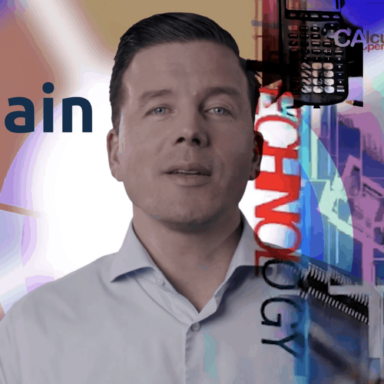Digital deepfake avatar
For people who don’t yet have a clear picture of what I do professionally – I research technological trends and write books and blogs about them and give presentations. For some serious time now, I have been deepening my knowledge of artificial intelligence and related developments. This is a very interesting area. For the last couple of years, this has also included the development of synthetic media, machines with imagination, deepfakes and GAN technology.
In 2017, I wrote the book ‘The Digital Butler’. In 2019, I compiled the report: ‘Machines with imagination, an artificial reality’ and also wrote a report: Deepfake technology: The Infocalypse. For English visitors, unfortunately, the book and reports are in Dutch only.
Short summary
TL;DR: the short summary: I’ve created a deepfake avatar of myself because of my interest in synthetic media and new technology. And because I want to investigate how I can digitize myself. And I want to know what the advantages and disadvantages are. For me, for companies and for society as a whole.
PS: a small update:
Just for the context: by doing this research I am not saying that deepfake avatars should be used everywhere. That they should, where possible, replace human interaction. On the contrary: I am an advocate of human contact. Rather, I am investigating where, with the help of this technology, we can make our lives easier. For instance, how information becomes available to people for whom it is now accessible. And how we can prevent some professionals from having to tell others the same thing 25 times a day.














